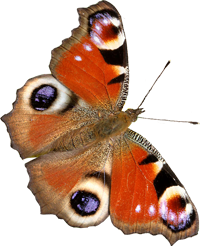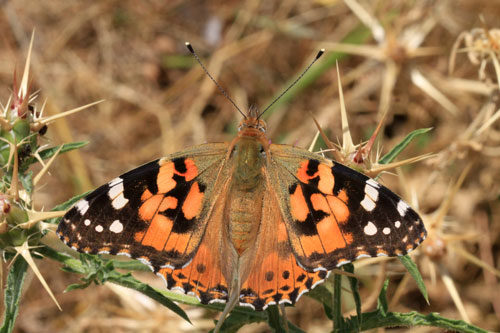
Montes Universales, Spain, July 2011
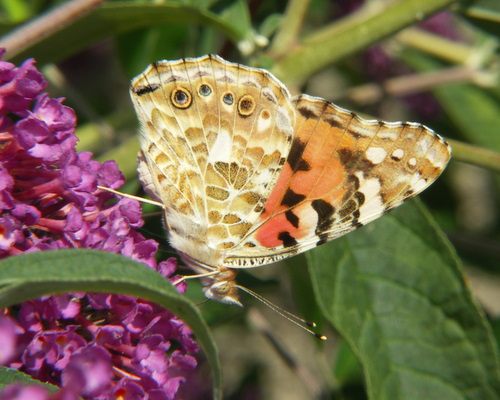
Vaud, Switzerland, July 2006
Field notes and information
In 2012, this species was recognised as having the world's longest return migration, beating even the mighty Monarch D. plexippus of north America. It flies from north Africa, breeding throughout the summer always spreading northwards as far as the Arctic. It then returns to Africa in the autumn. The reason this has never been recognised before is the return migration occurs at high altitude out of view of ground based lepitopterists. The discovery was possible using altitudinal radar.
Numbers are seasonally variable but it is usually common. Occasionally vast numbers migrate, such as in 2009 when hundreds could be counted on northerly courses per hour from west Europe to the Ukraine.
Identification & Similar species: Only the American painted lady, V. virginiensis, is similar in the region. That species is very rare and seemingly only resident on the Canary islands and very locally in Portugal. It is however a migrant and specimens have been found in Spain, west France and southwest UK.
The species are distinguished readily by the row of spots on darker greyer underside hindwing - the current species has 4 small spots, compared to 2 large ones and the upperside hindwing discal band is short compared to broad and long.
There are some old records of the Brazilian painted lady, V. braziliensis, from the Canaries in the early 1800s. One of the apical spots on the upperside is blue in that species.
Distribution & Flight: Late winter in north Africa when the northward migration starts. It usually arrives in the UK by late May. Numbers increase during the year, boosted by offspring of earlier arrivals.
Habitat & Behaviour: Diverse habitats due to its migratory tendencies. It often accumulates on thistle rich meadows or in gardens, where it avidly takes nectar to fuel its active life style. Often seen flying over mountain passes, sometimes at the highest altitudes (e.g. 2500m). Can also be seen in numbers in coastal areas where arriving migrant butterflies rest to replenish energy reserves before dispersing inland.
Sometimes great numbers can be seen flying in a single determined direction. This can number 20 or 30 a minute at times (I've seen this in sub-Saharan Morocco and Cyprus) upto hundreds per minute in "invasion" proportions such as in 2009 (where I saw it in Switzerland and Romania and had reports from UK and Ukraine of the same phenomenon). More more typically migratory behaviour becomes noticeable around 2 or 3 per minute which is quite a common occurance. When migrating, the butterflies are not seemingly seduced by flowers along the route.
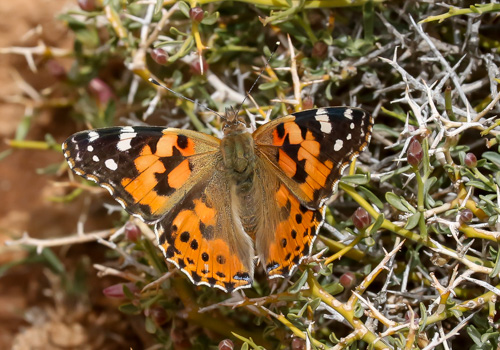
Anti-Atlas, Morocco, March 2022
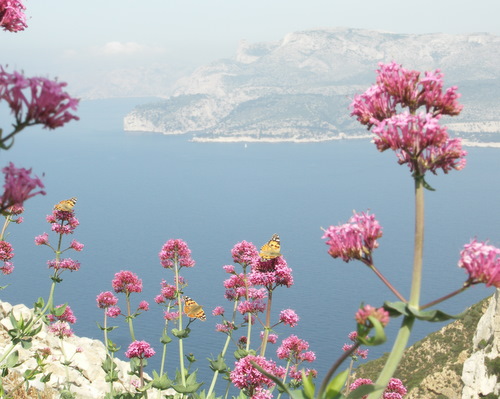
Var, France, May 2006
Landfall on the Mediterranean coast of S France - a good place for tired hungry butterflies to take on nectar before their onward dispersal inland.
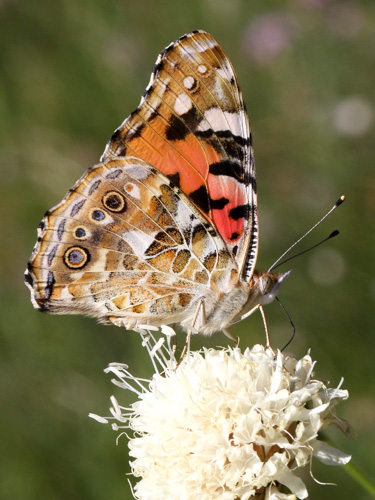
Huesca, Spain, July 2017
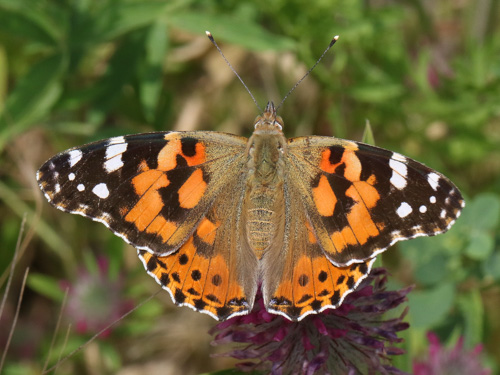
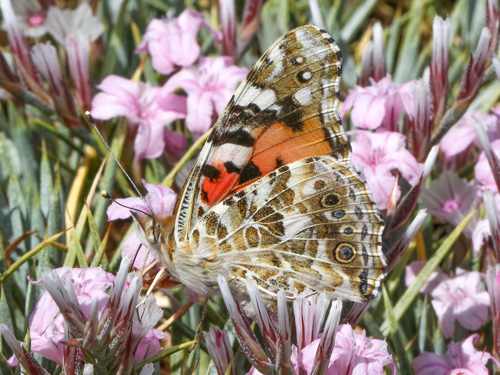
Samos, Greece, June 2018
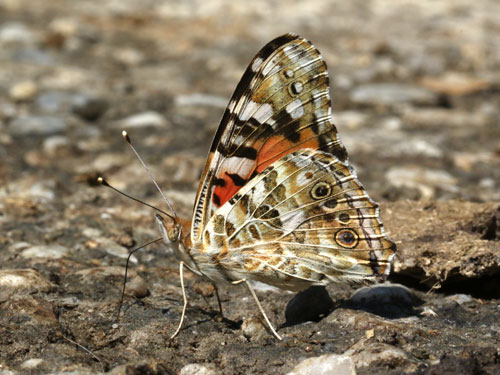
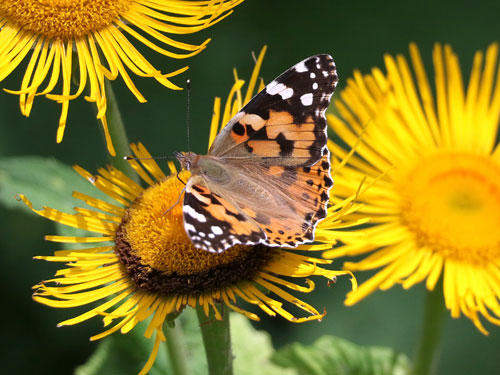
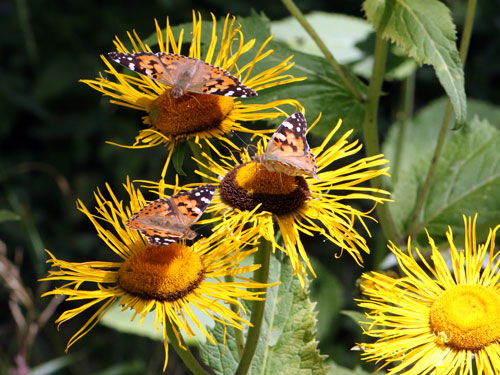
Rhodope mts, Greece, July 2016
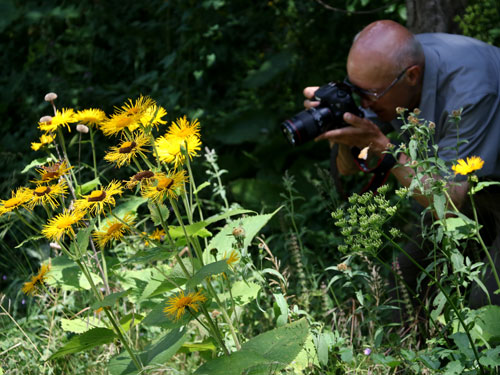
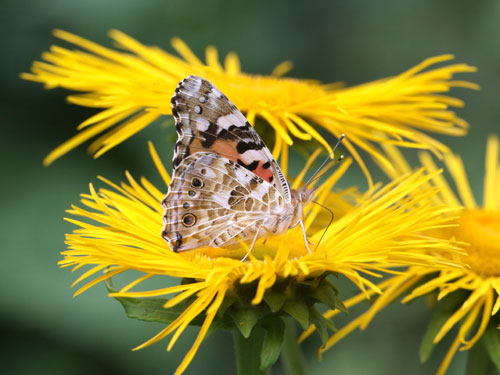
Rhodope mts, Greece, July 2016
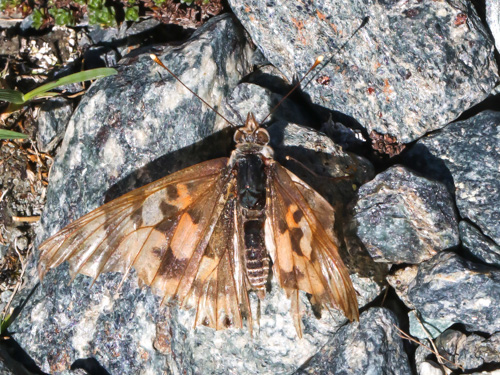
Valais, Switzerland, July 2019
And somehow it was flying unimpeded by severe wing loss.
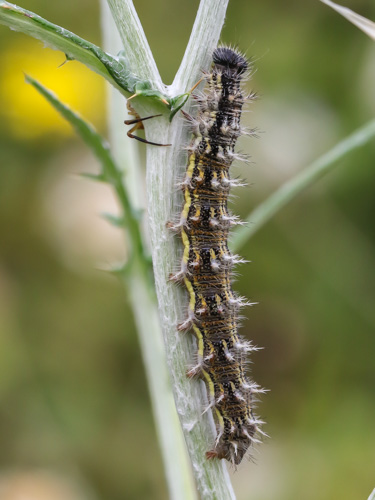
Tuscany, Italy, May 2019
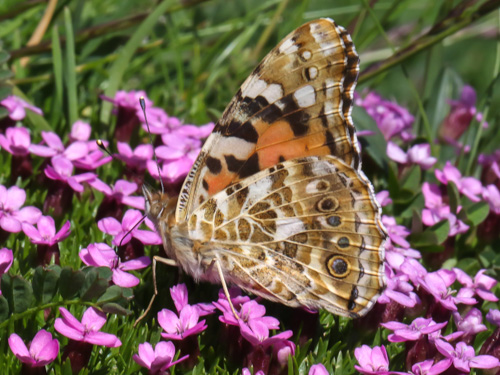
Bern, Switzerland, August 2019
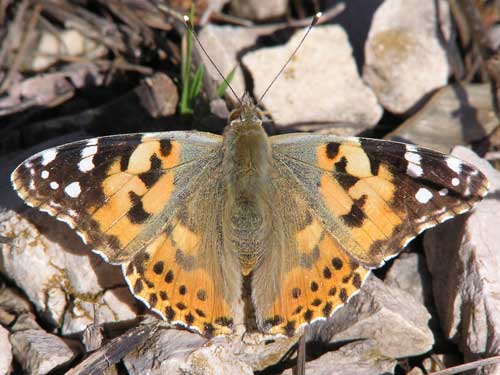
Provence, France, April 2004
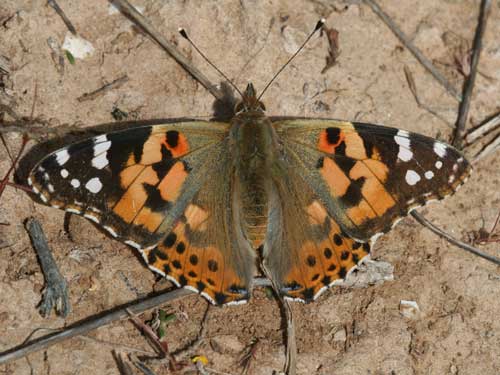
Vaud, Switzerland, July 2009
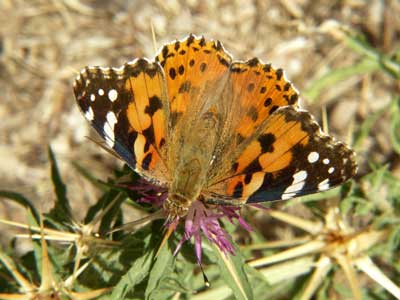
Middle Atlas, Morocco, June 2005
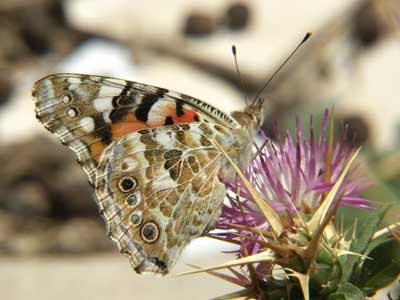
Middle Atlas, Morocco, June 2005
